Singer 28K C1901
As it would happen, I visited a second hand shop, one I visit, just occasionally. Low and behold there was a sewing machine on display.
I have to say, I didn’t hesitate. I suspected it may not work. It looked as though it had not been touched in many many years. My suspicion is that she had not been out of her case in decades. The label said “as found”.
Well, what can I say, I felt this was a very lucky find and I thought I might just be up for the challenge…. I had no expectations, but I thought I would give it a go.
So I secured the sale and took her home. I must add that this machine is a hand crank. She came complete with coffin case still intact.
I looked up the ISMACS data base to find the machine was in fact a 28K, one of 120 000 made between January and June in 1901. It is a short bed or 3/4 style “portable” machine with a vibrating shuttle. The Victorian decals are in reasonably good condition, especially considering the age of the machine, and there are no signs of wear from pin rash. There is a significant amount of rust on the metal areas.
The hand crank is intact and folds away beautifully for storage.
As soon as I got it home I set about cleaning the outside with a lint free cloth.
I have to share with you that I did make a rookie mistake. I thought some of the nickel plating was dirty, but, in fact, it was absent. So a bit of overzealous rubbing meant I lost a bit more of the plating. Lesson to self.
I did learn that this plating is way more delicate than I had anticipated.
I cleaned off the years of grime with as damp cloth and mild detergent. Then followed by a second clean with sewing machine oil.
When I was able to slide open the needle plate, I was delighted to find that the shuttle and bobbin was present. This is a bonus!
The machine was not sitting in the base correctly as one of the corner inserts had worn/broken away. So I repaired it using a glob of glue from a hot glue gun. I was able to emulate the shape of the missing piece. Once it dried, it then allowed the machine to be seated firmly on the base without rocking.
The mahogany timber base and the coffin style case are in pretty good condition. I used my usual technique of reviving them with some pale boiled linseed oil. The catches are also intact and secure although they have some rust too.
The machine was very dry as expected and required a good oiling. The shuttle was still threaded so I made note of that before attempting to refill the bobbin.
I must say that I was thrilled to be able to get the machine to sew. I am genuinely impressed with how this machine does sew. I feels lovely to use and the quality and size of the stitches are amazing. It can stitch such very tiny stitches with no trouble.
These are the first stitches I sewed with this machine. This is a 5″ square of fabric. As you can see I made the stitch length shorter and shorter.
This is a close up of the reverse of the fabric and first stitches in decades no doubt.
Apart from the loss of some of the nickel plating and a bit of rust, I think she’s a beauty! The 28K is a lovely sewing experience. The control over the stitiching with this hand crank is very good. It’s a delight to use.
Now for some hand cranking. I’m sewing some squares together for a new quilt…..This is a very peaceful pass time.
May you have a happy sewing day too!
Oh one more little thing, thank you Janine, for your comment. I tried rubbing some aluminium foil on the area where I had rubbed off the delicate nickel plating. It works. quite an improvement!
If you enjoyed this post, you may also like…
Susie

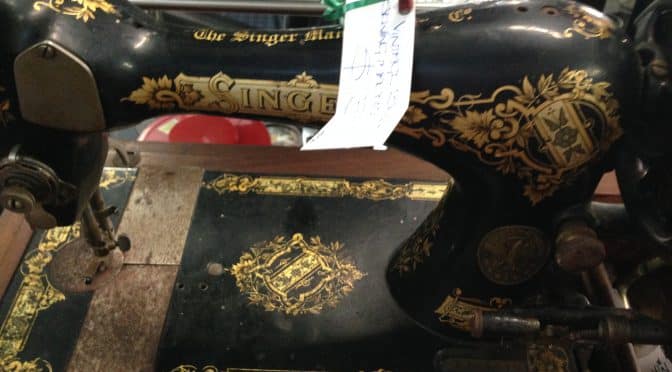
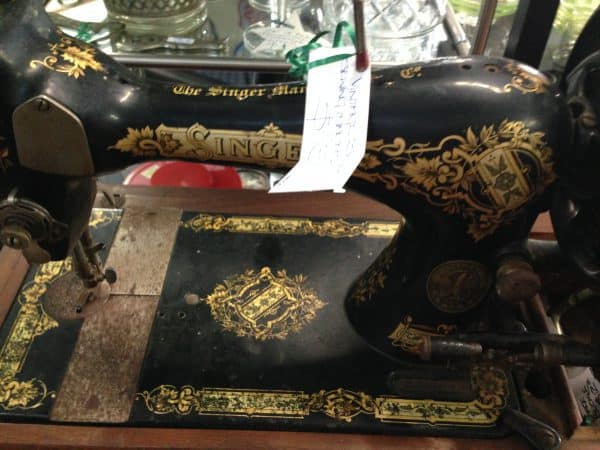
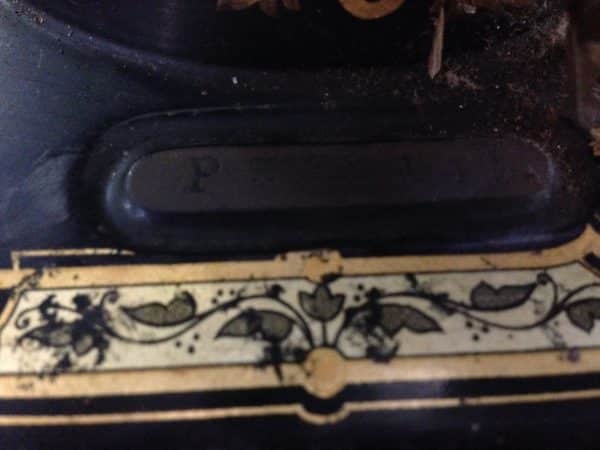
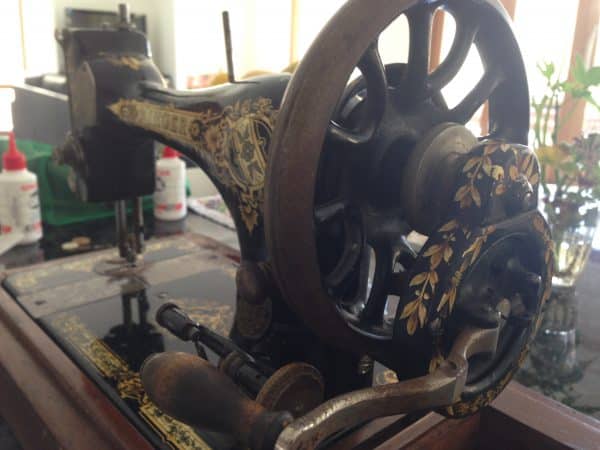
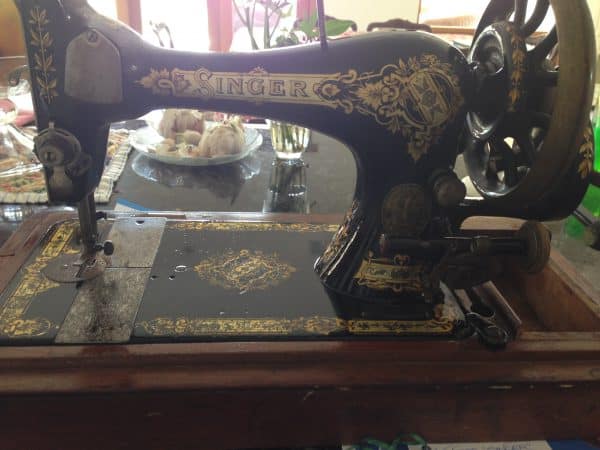
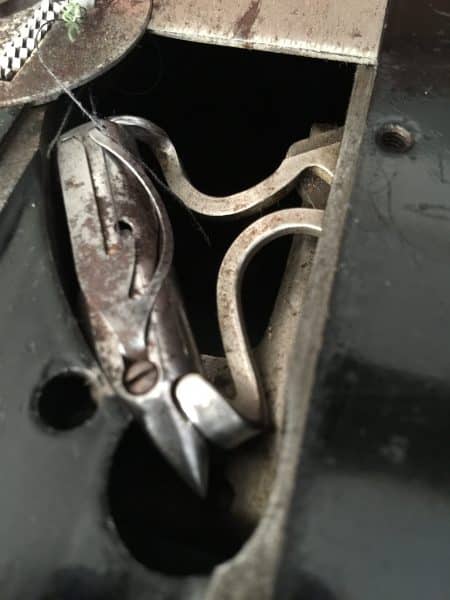
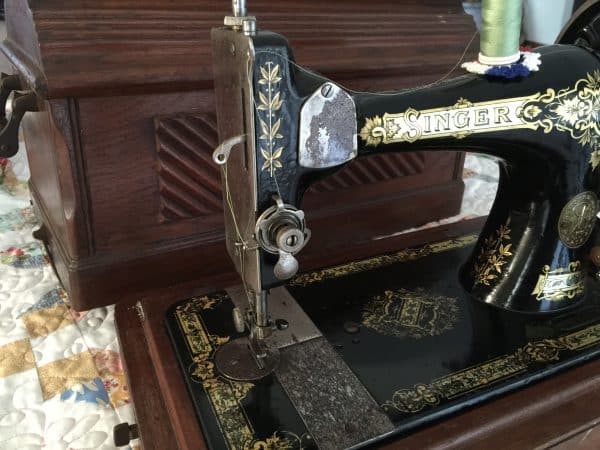
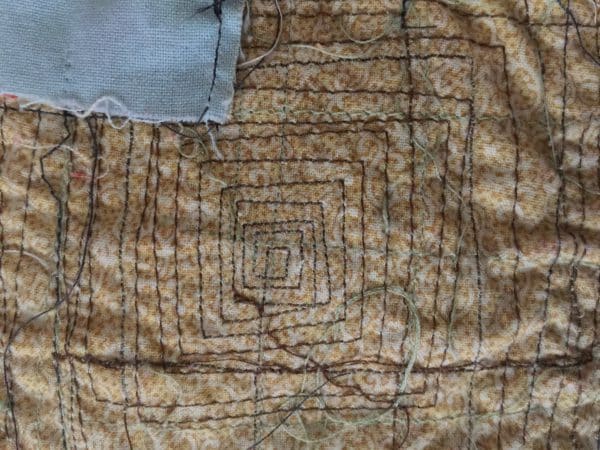
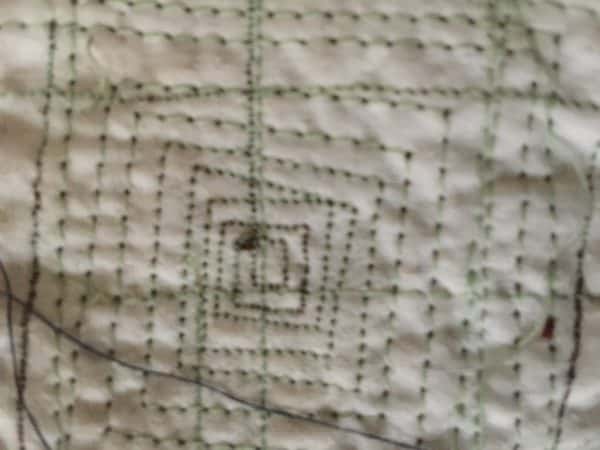
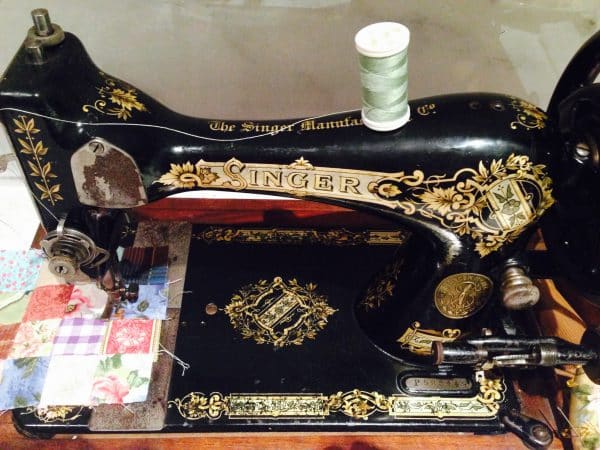
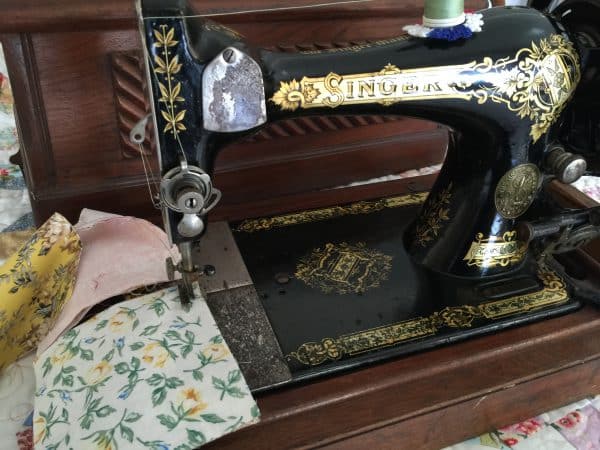
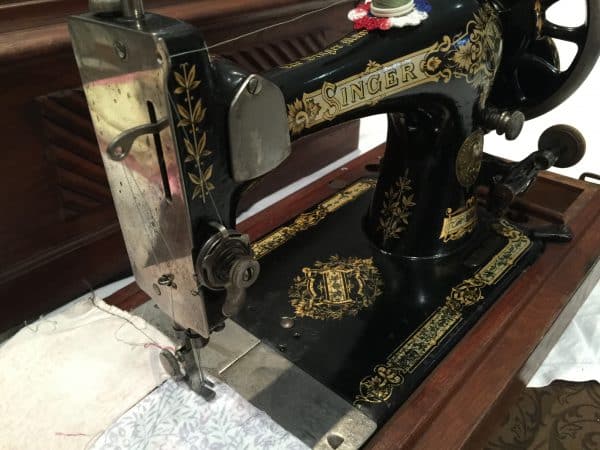
What an absolute treasure. She was waiting for you to discover her!!
Awesome find Susie! 😊
Looove your new companion! I got 15K from my grandma and I am about to make it sew again, too!
Oh my gosh Ana, you will love that 15 – great machine and sentimental for you too!
Great work on cleaning it up – it’s a beautiful looking machine.
Try rubbing the worn plated areas with a piece of aluminum foil. I’ve heard it said it will help make those areas look better, though I haven’t tried it myself.
Dear Janine, thank you so much. I’ll give it a try!
Dear Janine. I tried it. It works! not perfect but quite an improvement!
Great to know. Love to see!
Dear Janine. I added it to the end of the post!😀
Looks great!